As a gardening and food security non-profit, we are often asked: What do you recommend we plant? Without hesitation, I always reply that chard should be in every garden. Whether you’ve never heard of chard or use it every day, here are some of the many reasons why it is a garden powerhouse, plus recipes for using chard in a variety of cuisines.
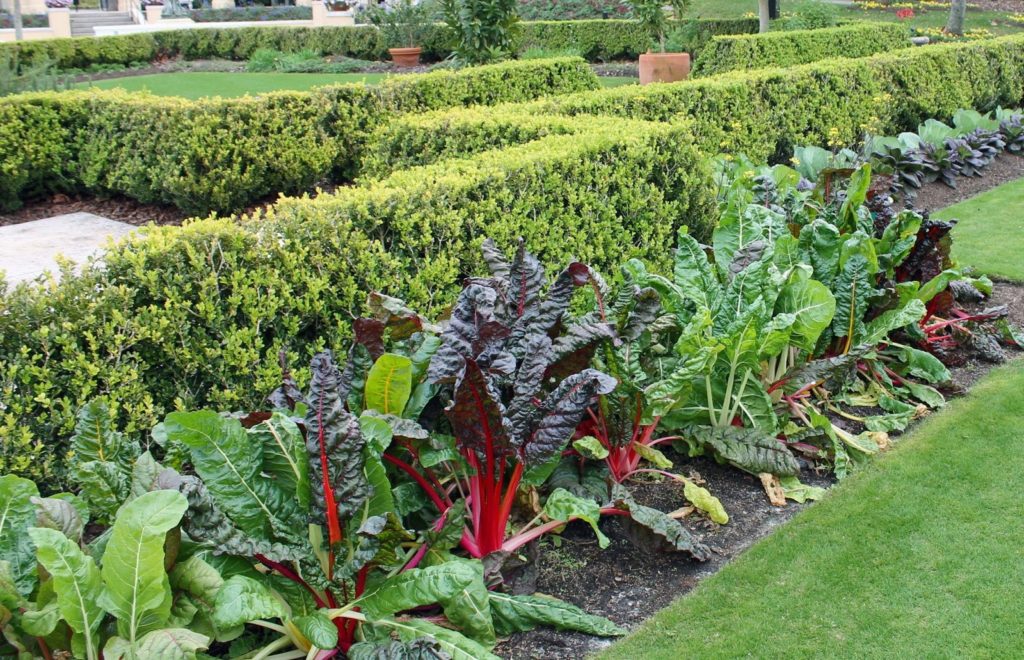
It’s Beautiful! Chard elevates a productive garden into a stunning garden, an ornamental garden into a productive garden, and integrates easily into both. Rainbow chard (really just a blend of different chard varieties) is beautiful, with bright pink, fuchsia, and yellow stems leading to bunches of large bright green leaves.
It’s Long Lasting! In California and other mild winter zones, with regular harvesting it can produce in your garden for multiple seasons. Plant chard in your winter garden, and enjoy it through winter, spring, summer (even in hot, full sun conditions), and through the next year.
It’s Easy to Grow! Poor soil? Low water? Wet soil? Full sun or part shade? No worries – your chard will likely be happy and productive no matter where you plant it. The key to chard is letting it establish itself as a cool season crop, and then regularly harvesting leaves from both near the top (baby chard) to slow it’s vertical growth and from the bottom to consume mature leaves, encourage further leaf production, and eliminate wilting leaves that can contribute to rot and disease.
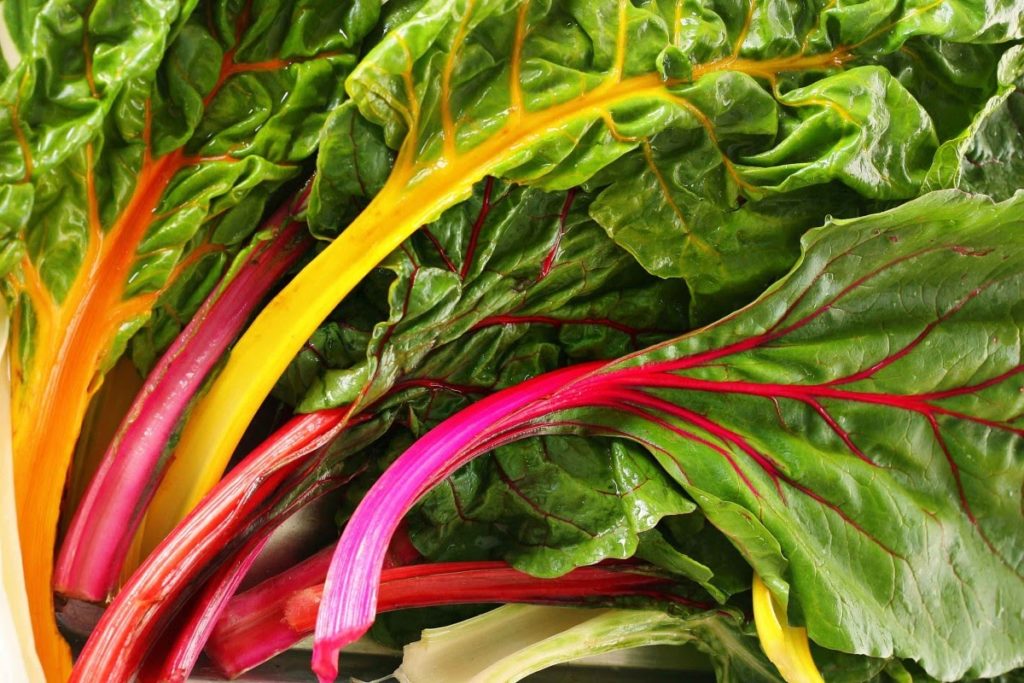
It’s a Nutritional Workhorse! Chard comes from the same family as beets and spinach, and its leaves and stalks pack the same nutritional punch as other better known greens. One cup of cooked swiss chard provides 3.3 grams protein, 3.7 grams of fiber, and fulfills your recommended daily intake for vitamins A and K. It’s also a good source of vitamin C, calcium, magnesium, manganese, copper, zinc, sodium, phosphorus and vitamin E. Think we’re done yet? Nope! Chard is high in antioxidants including polyphenols, vitamin C, vitamin E and carotenoid plant pigments, such as beta-carotene. It’s also full of flavonoid antioxidants, including quercetin, kaempferol, rutin and vitexin. Whew!
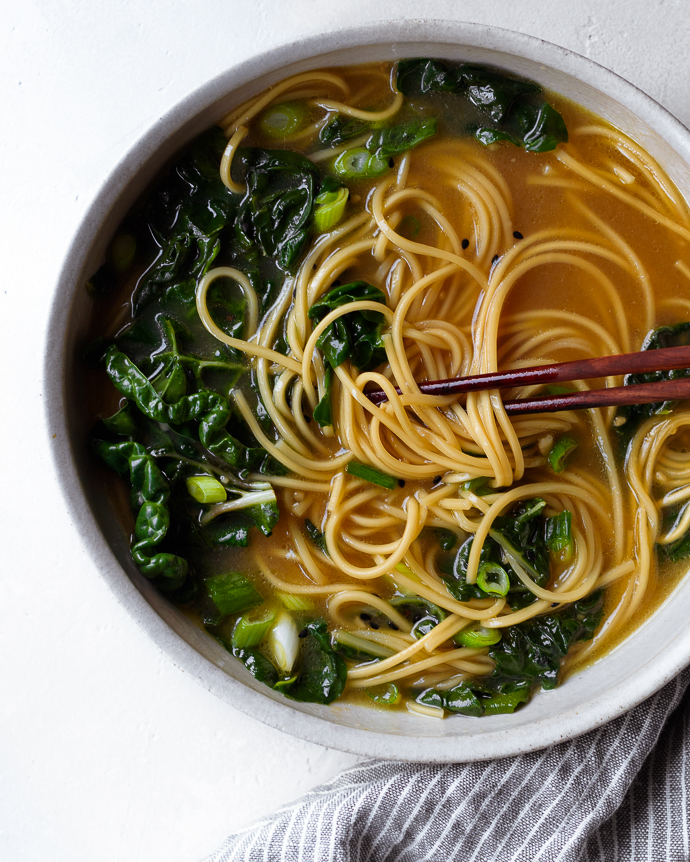
Swiss Chard Recipes. Chard originated in Sicily (in Italian its name is ‘bietole’), though it plays well in most cuisines. It can be used interchangeably with kale and spinach in recipes, though has an earthier, less bitter taste. Throw it in soups, casseroles, and eggs. Braise it, saute it, or eat the baby leaves fresh. Chard can be a background or the main event, and lasts about a week in the fridge.
Garlicky Ginger Noodle Soup with Swiss Chard
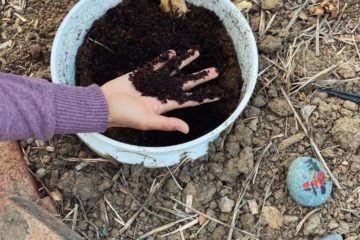
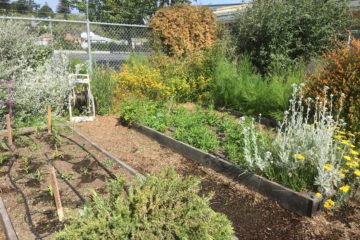
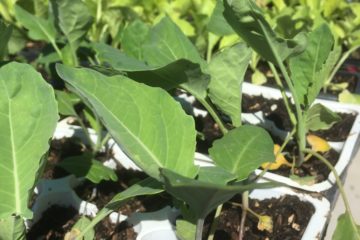
0 Comments